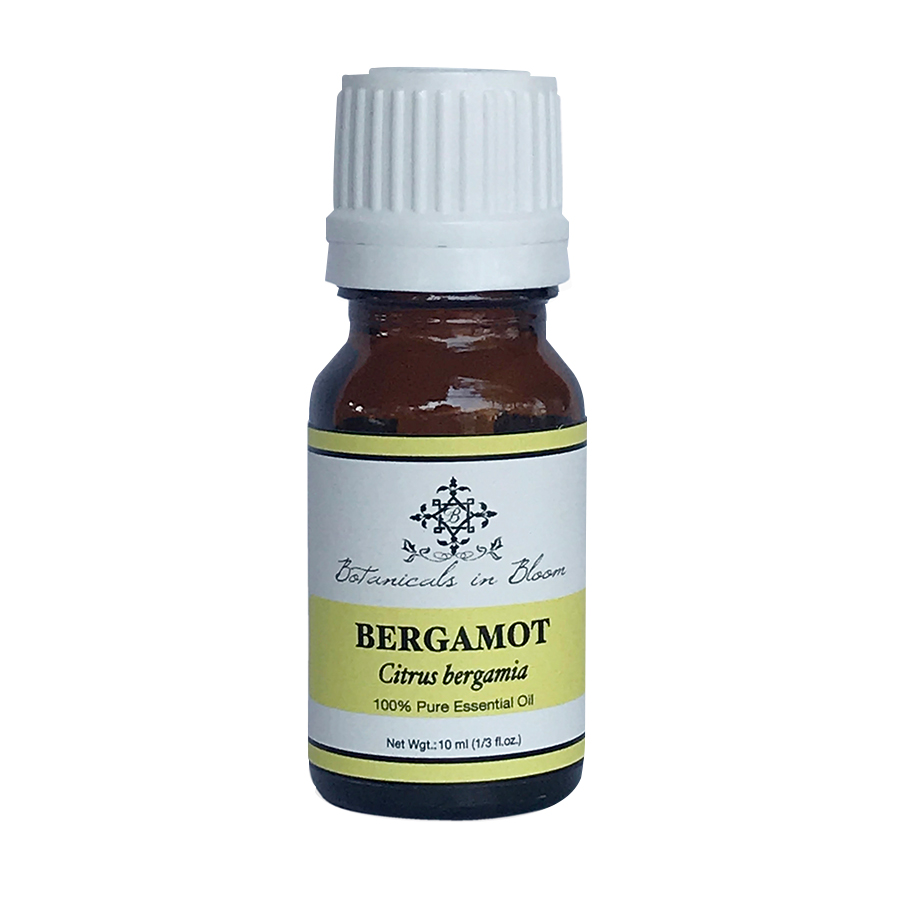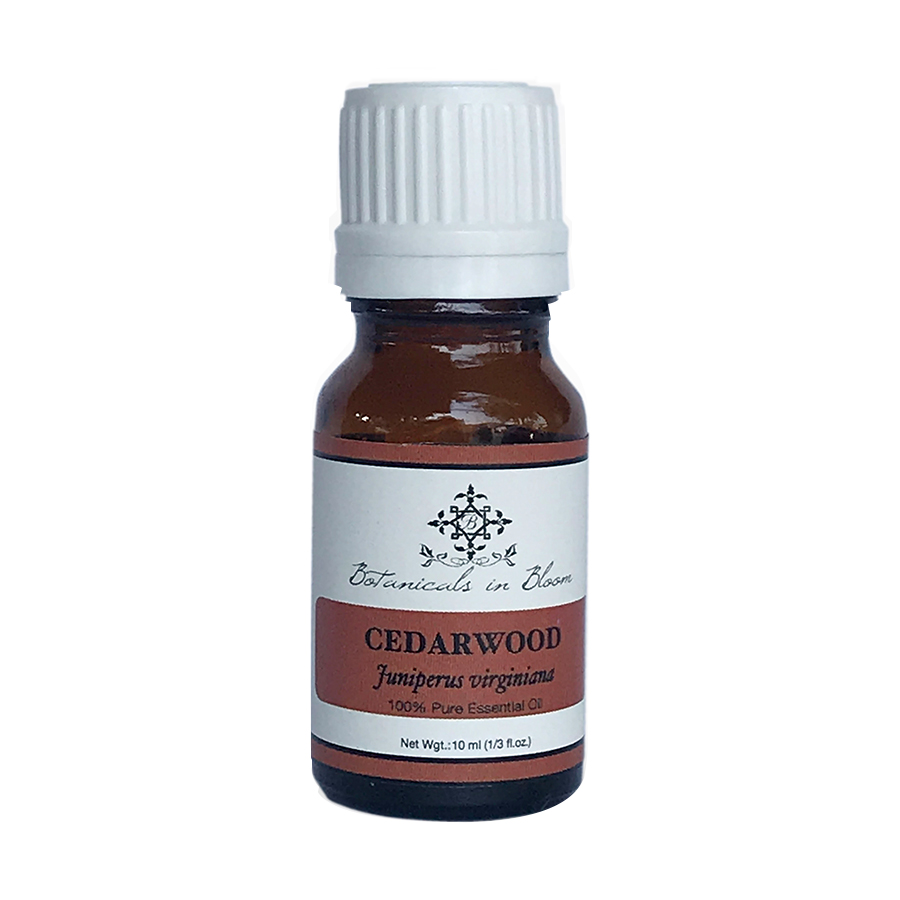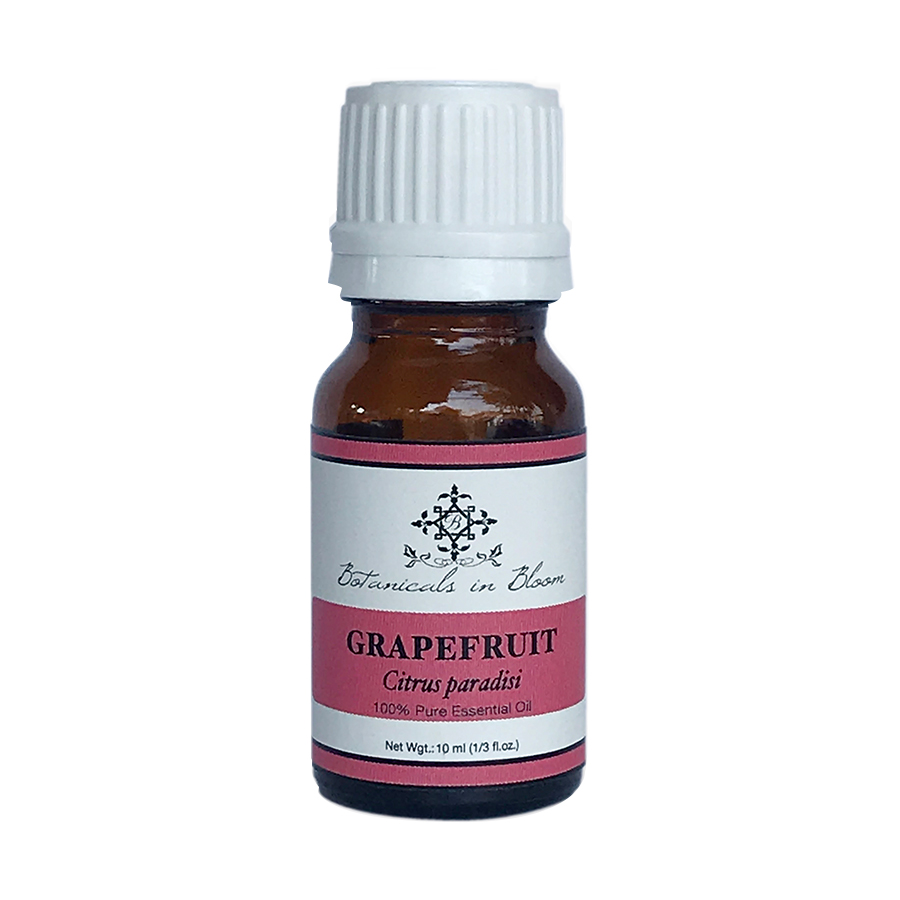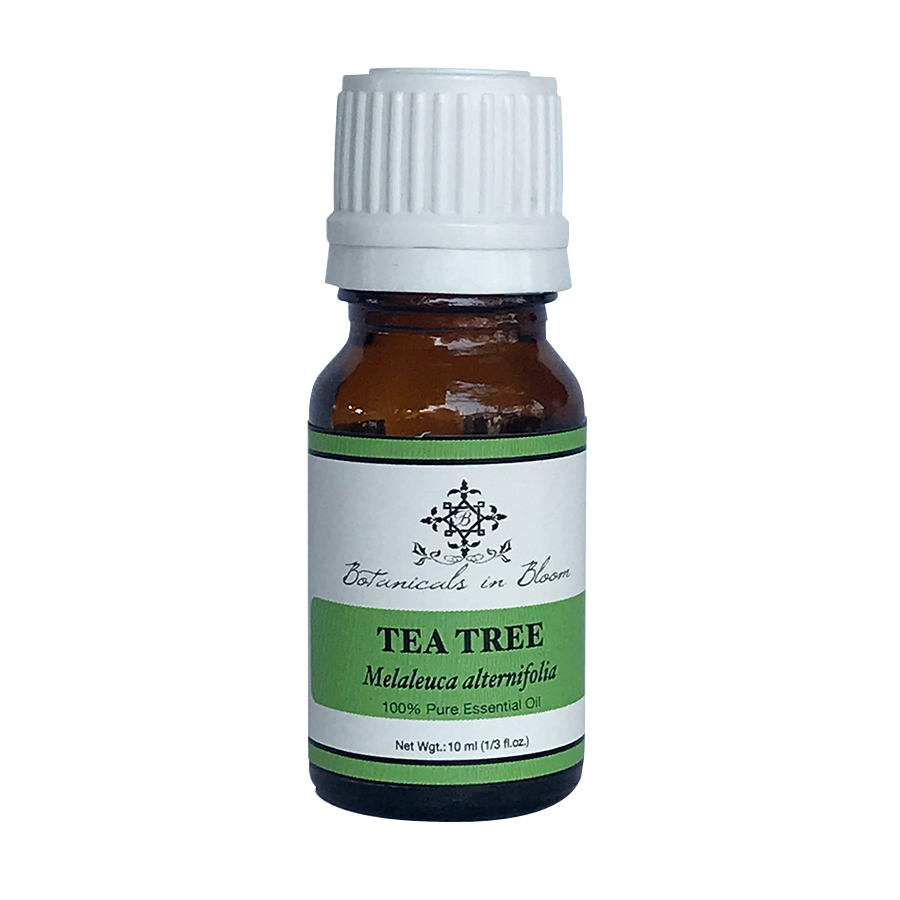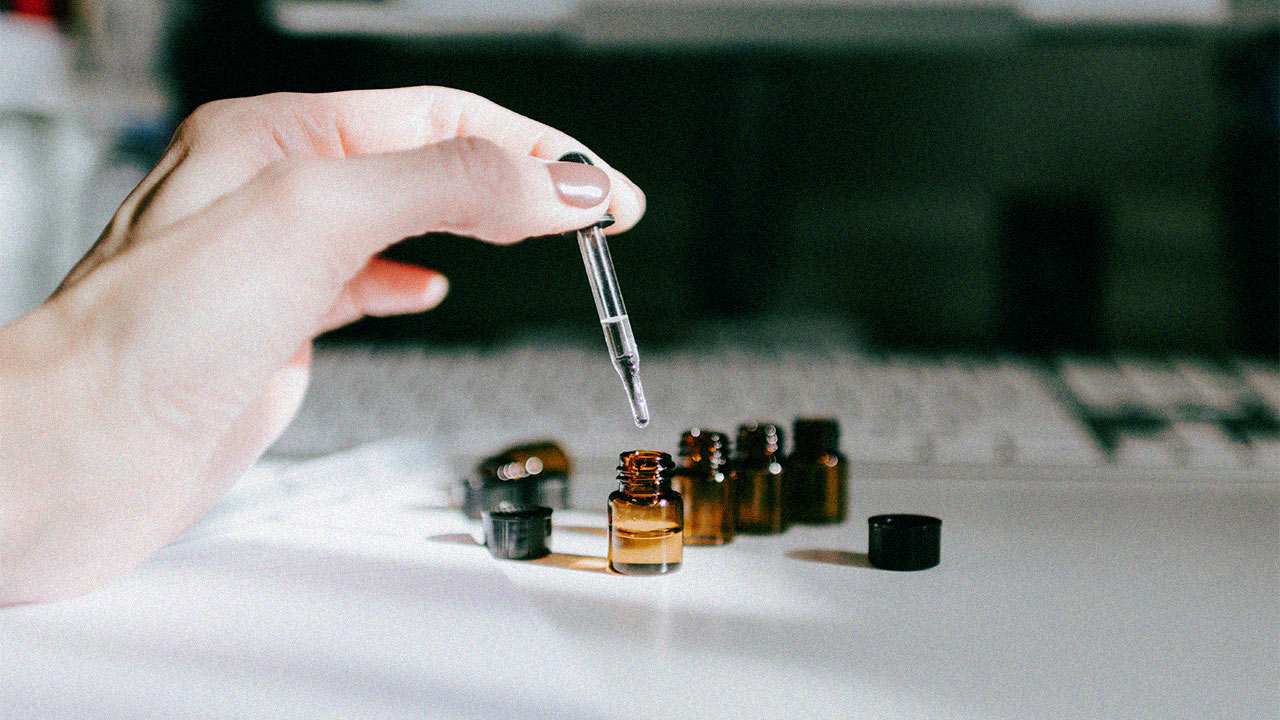
Whether there's a bottle or two inside your co worker's purse or your Tita's fully-stocked cabinet, it seems like everyone these days are into essential oils. Many are quick to dismiss it as just another craze, but scented oils have been around a long time. And by long time, I mean the ancient Egyptians were into them way before they started popping up on everyone's Instagram feed. Even if you're not an avid "oiler," one thing can't be denied: essentials oils have become a big business and that business is still booming.
Now I'm no psychic, but if you're reading this article then I'm guessing you're already an enthusiastic oiler yourself, or you're simply curious about how to get started. Essential oils are great all on their own---but mixing them together to create unique scents with special properties is what makes them even better! The beauty of blending is that there's no crazy chemistry needed. Just a simple understanding of notes, aroma groups, and a teensy bit of basic math. Ready to delve into the wonderfully scented world of essential oils?
Know Your Aromas
Mixing oils together is a whole lot easier when you know the kinds of scents you're working with and how to categorize them:
Floral -
Citrus -
Woody -
Herbaceous -
Spicy -
Lavender, Jasmine, Vanilla, Rose
Grapefruit, Lemon, Orange, Bergamot, Lemongrass
Cedar Wood, Cypress, Juniper, Frankincense
Basil, Rosemary, Oregano, Thyme, Tea Tree
Clove, Nutmeg, Cinnamon, Ginger, Aniseed
Sweet and Simple
If you're a beginner, keep your blend to a maximum of three different oils first. Trust me, you can get crazy later on. Choose one oil as your top note, another as your middle note, and the last as your base note. Here's a quickie on understanding those notes:
Top Notes
Evaporating the fastest, these are the first impressions of your final blend. Usually light, popular top note choices include peppermint, lemon, and bergamot.
Middle Notes
These take over once the top notes are gone and are the heart of your blend. Popular middles notes are tea tree, cinnamon, and jasmine.
Base Notes
Taking one or more days to dissolve, the base notes leave the longest impression and are usually richer scents like sandalwood, ginger, and vanilla.
Keeping It in Proportion
When it comes to finally blending your chosen oils together, it's best to follow the simple 30 50-20 rule. Depending how many drops you intend to use, the top notes should be 30% of the mixture, 50% for the middle notes, and 20% for the base notes.
Patience, patience, and more patience
As tempting as it is to start using your brand new concoction right away, set it aside for 1 to 2 days first to allow the oils to blend and harmonize better. Is the scent a bit too strong for your liking? Engage some trial and error and dilute the mixture with a mild "carrier oil" like jojoba or almond, then set aside again.
Be Selective
Using good quality oils is the key to getting the best mixing experience. Cheap, lackluster oils may not blend well and won't have as strong of an aroma, causing you to use (or waste) more to get the result you want. Botanicals in Bloom use the finest, natural ingredients to create their oils, and they're all locally sourced to help Filipino farmers sustain their livelihood!

Written By:
Ari Yupangco
BEAUTY CONTRIBUTOR
Ari has been blogging since 2012 about all things beauty with a sprinkle of different topics here and there. She loves makeup just as much as she loves almost anything nerdy like video games and comic books, and is big on Japanese culture.
Other Products You Might Like:
-
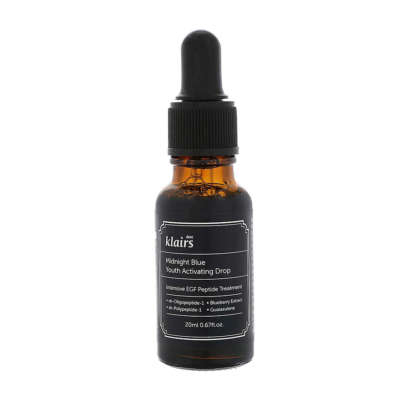
Dear Klairs Midight Blue Youth Activating Drop
PHP 1,570 Add To Cart Quick View Brand: Dear Klairs -
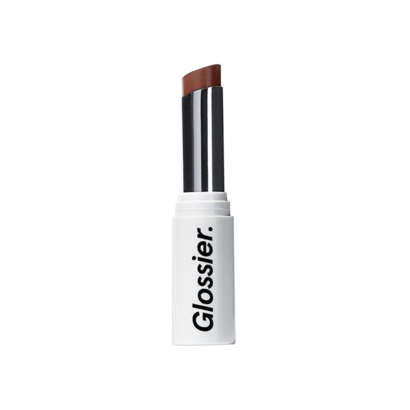
Glossier Generation G
PHP 1,350 Choose Option This product has multiple variants. The options may be chosen on the product page Quick View Brand: Glossier -
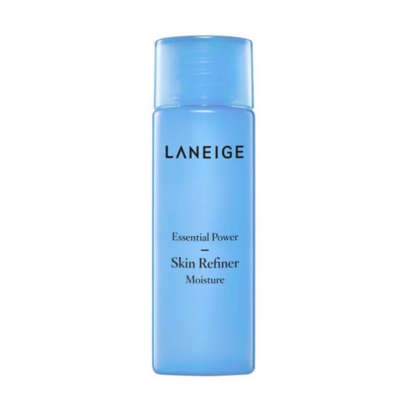
Laneige Essential Skin Refiner Moisture 25ml
PHP 90 Choose Option Quick View Brand: Laneige




